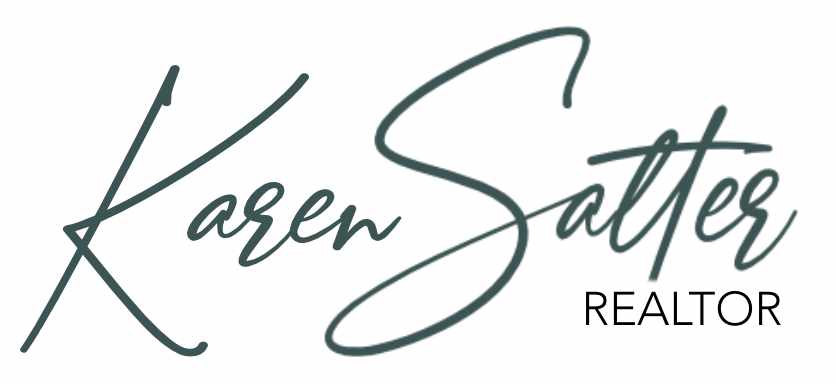Accessing cash via the equity in your home is a practice that many homeowners employ for a wide variety of reasons. This practice can make sense or in certain cases be a foolish move. Unfortunately, there are no hard and fast rules and reasons, as no two homeowners have the exact set of circumstances. Read on to learn some pros and cons!
Home Equity Loans and Lines of Credit
HELOCs and home equity loans are similar in that you’re borrowing against your home equity. But a loan typically gives you a sum of money all at once, while a HELOC is similar to a credit card: You have a certain amount of money available to borrow and
pay back, but you can take what you need as you need it. You’ll pay interest only on the amount you draw.
HELOCs often begin with a lower interest rate than home equity loans but the rate is adjustable, or variable, which means it rises or falls according to the movements of a benchmark. That means your monthly payment can rise or fall, too.
Many lenders will let you carve out a portion of what you owe on your HELOC and convert it to a fixed rate. You’ll still have the balance of your line of credit to draw from at a variable rate.
Home equity loans typically have a fixed interest rate, meaning the payment is the same each month; that makes them easier to factor into your budget. But remember: That home equity loan payment will be in addition to your usual mortgage payment.
Since it’s a lump sum one-time equity draw, a home equity loan is a good source of money for major projects and one-time expenses.
Home Equity Lines Of Credit Pros & Cons
Pro: Pay interest compounded only on the amount you draw, not the total equity available in your credit line.
Pro: May offer the flexibility of interest-only payments during the draw period.
Pro: Interest paid is usually tax deductible.
How to Calculate Your Home Equity
To find out how much equity you’ve built up in your home, subtract the amount of money you owe on your mortgage from your property’s value. Depending on your financial track record, lenders may let you borrow up to 85% of your home equity. Keep in mind, though, that you’re using your home for collateral, so the lender can foreclose on your property if you default on your payments.
The amount you owe on outstanding home loans divided by the market value of your home is considered the combined loan-to-value ratio. If that ratio is high, lenders will hesitate to let you borrow more against the home’s value.
An example: Your home is worth $300,000, and you owe $150,000. If you divide 150,000 by 300,000 you get 0.50, which means you have a 50% loan-to-value ratio. A lender that allows a combined loan-to-value ratio of 80% would grant you a 30% home
equity loan or line of credit, for $90,000.
Con: Rising interest rates can increase your payment.
Con: Without discipline, you might overspend, tapping out the equity in your home and finding yourself saddled with large principal and interest payments during the repayment period.
Terms and characteristics of home equity loans and lines of credit vary from one lender to another. Be sure you understand the repayment terms of your loan before you commit to a lender, and don’t be afraid to shop around before you sign on the dotted
line.
Before deciding whether to apply for a HELOC or a home equity loan, consider how much money you really need and how you plan to use it. Factor in interest rates, fees, monthly payments and tax advantages as you weigh your options.
Using the equity in your home before selling can be a powerful financial benefit. But remember, you’re using your home as collateral. One risk to avoid, whether you choose a home equity line of credit or a loan: Resist funding short-term needs with what may eventually amount to a long-term loan.
But we can explore some of the most common REASONS why you may be tempted to tap in to the equity you have earned.
Home Improvement
Ranked as the number one reason, home equity loans and home equity lines of credit (HELOC) are MOST often used for home improvement.
Number two on the list is for major purchases that are not necessarily born out of necessity but are more likely to be expensive vehicles, or top of the line appliances.
The smart choice here is to make sure that home equity is used for what you need versus what you want. Also, if you bought your home in at a great price and the value has risen providing you with a great equity position.
If you have been in your home a number of years, cosmetic updates are almost always necessary, especially if you are planning to list. A full remodel to cure ‘flow” problems can also get you a considerable return. Be sure to check with Karen about which updates will give you the most bang for your precious equity buck!
Equity reinvested at a low rate to improve your home without increasing overhead to the point that it’s not affordable or comfortable for you is a perfectly viable move.
For more information or to tap into Karen’s extensive knowledge or resources, please contact her today. And as always, if you are planning on buying or selling, Karen would love to represent you!









